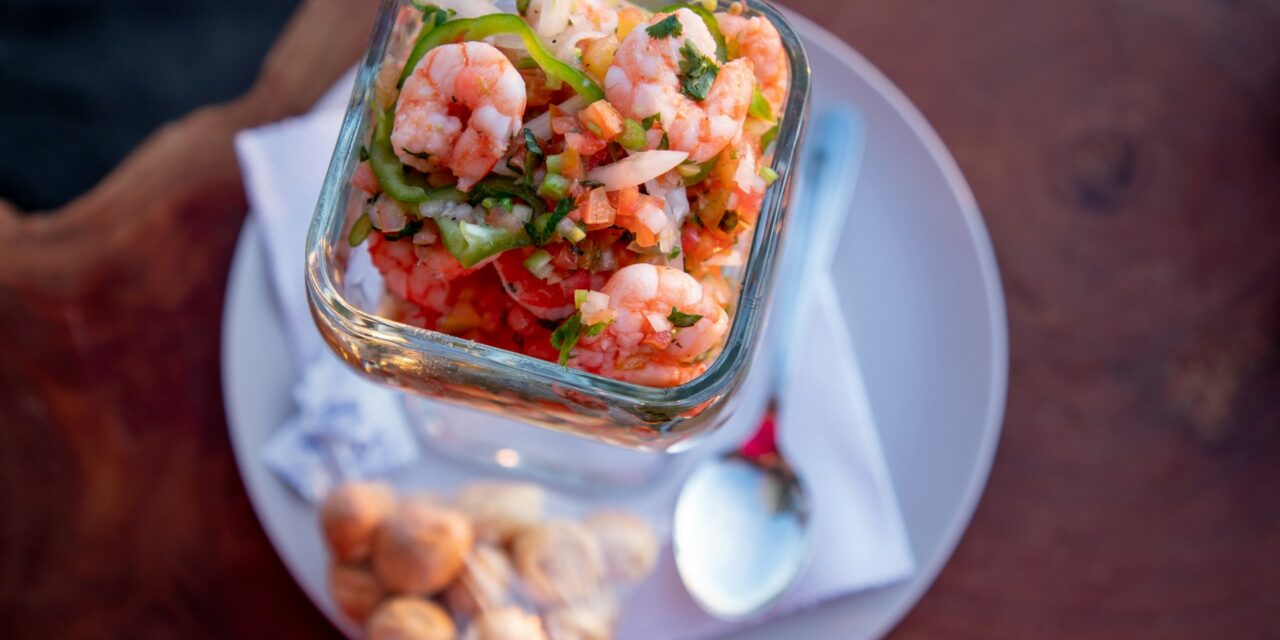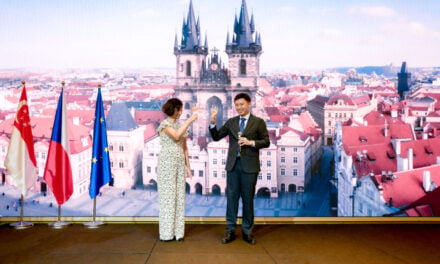The Peruvian government’s efforts have led to the practices around Peruvian ceviche being recognised by the United Nations Educational, Scientific & Cultural Organisation.
The meanings and practices associated with the preparation and consumption of ceviche, an expression of traditional Peruvian cuisine, were inscribed on the Representative List of the Intangible Cultural Heritage of Humanity of UNESCO.
This multi-sectoral effort by the Peruvian government, which culminates after several years of efforts, is a recognition of the customs, knowledge, techniques, instruments, artifacts and cultural spaces that are embodied in a value chain that integrates artisanal fishermen, farmers, cooks – among others – from the Peruvian coast, the Andes and the Amazon Region, a cultural expression that is being passed down from generation to generation.
Furthermore, ceviche has a historical tradition because there are direct references to it during the independence and the foundation of the republic in the 19th century, in chronicles as well as in literature and music. Even the most ancient civilisations of Peru, such as Caral, Moche, and Chimú, have had fish, salt and hot peppers as the basis of their diet, ingredients used in the preparation of this emblematic dish.
UNESCO’s recognition of the meanings and practices of ceviche reflects Peru’s international commitment to safeguard it through the approval of public policies that guarantee its viability and sustainability.
It is important to highlight that the culinary system of ceviche intrinsically promotes respect for the environment, for the non-predation and non-pollution of the sea and rivers, social inclusion, family farming, the consumption of healthy products and that it favours food security.
In this respect, it is in line with the motto of the Food & Agriculture Organisation of the United Nations for 2023: “Better production, better nutrition, better environment, better life.”
The Ministry of Foreign Affairs, through its network of Embassies, Consulates & Permanent Representations, shares, with the world, messages, in different languages, about the meanings and practices associated with the preparation and consumption of ceviche, in order to show them a taste of the varied traditional Peruvian cuisine whose fame has transcended borders.
To date, Peru has 12 intangible cultural expressions inscribed on the Representative List, including the Dance of the Scissors (2010), the Pilgrimage to the Sanctuary of the Lord of Qoyllurit’i (2011) and to the Virgin of Candelaria in Puno (2014), among others.
*This text was supplied by the Embassy of Peru to Singapore.






